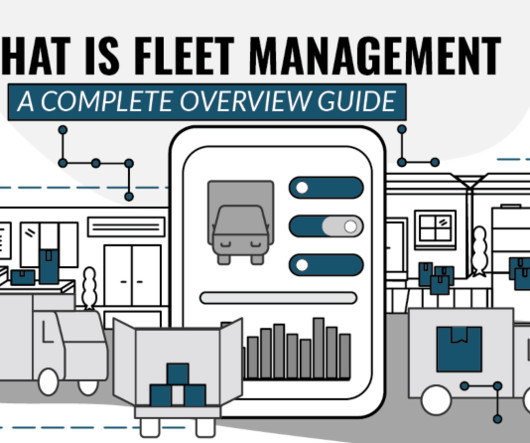Developing Agile Procurement Strategies: Thriving Amid Global Trade Disruptions
Logistics Viewpoints
MARCH 6, 2025
As a supply chain executive, picture beginning your day with a cup of coffee when a news alert notifies you of newly imposed tariffs affecting your primary suppliers in China. Tariffs on steel from Chinaup 25%and retaliatory moves from Canada and Mexico may turn supplier relationships upside down.















Let's personalize your content